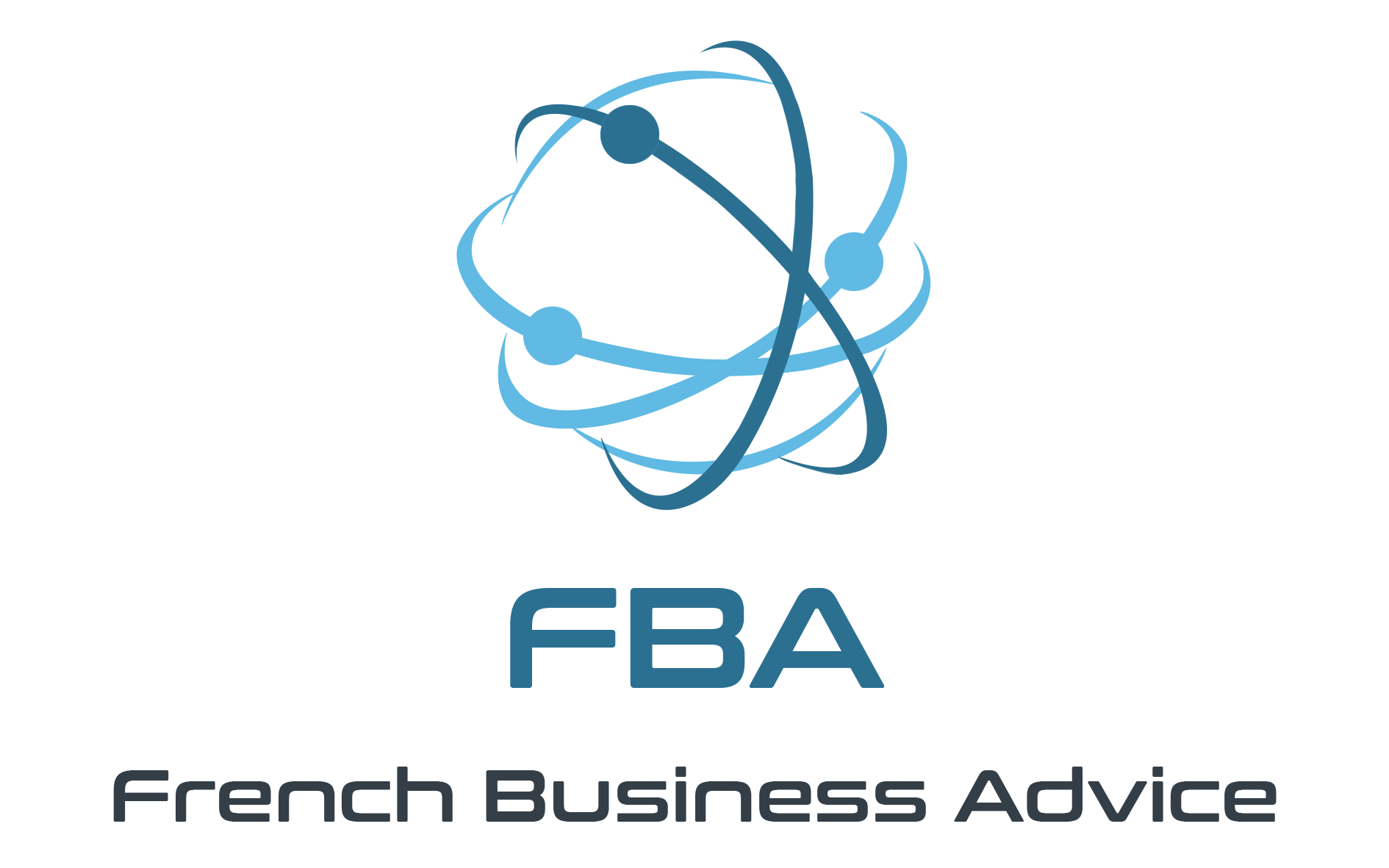The “TERRITORIAL ECONOMIC CONTRIBUTION” (CET) is due by all industrial or commercial companies operating an activity in France. It is used to finance local authorities (municipalities, departments, regions).
It consists of two contributions:
- The contribution to land investment: “COTISATION FONCIERE DES ENTREPRISES” (CFE) plus the IFER for network companies (energy production, etc.),
- The contribution on the added value: “COTISATION SUR LA VALEUR AJOUTEE DES ENTREPRISES” (CVAE).
I – The CFE
1 – Taxable persons
Are subject to the CFE the persons who exercise a professional activity in an usual and independent way, that is, the self-employed and the companies.
Heritage management activities such as rental of bare apartments by their owners are exempt from this tax. However, renting business premises generating annual revenues of at least € 100,000 is liable to CFE.
People acting as employees are exempt.
Note on the rental activity of furnished housing: the rental of furnished apartments is a professional activity submitted to the CFE, but there are several cases of exemption.
Living spaces are also liable to “taxe d’habitation” but we must distinguish two cases:
- Persons who operate a furnished dwelling solely for rental purposes are taxable to the CFE and exempt from “taxe d’habitation”,
- People who rent a part of their home are subject to both taxes but may be exempt from CFE or “taxe d’habitation” based on decisions made by the municipality where the building is located.
In addition, people who rent a furnished apartment that they themselves occupy part of the year are subject to both taxes.
2 – Exemptions and relief
The main exemptions relate to:
- Agricultural activities,
- Press companies publishing periodical newspapers,
- Cooperatives of production,
- Craftsmen working alone,
- Artisanal fishermen who use two boats at most,
- Artists,
- Young lawyers,
- Some teaching activities,
- Activities of a social nature.
In addition, the municipalities may, upon deliberation, permanently exempt certain activities (bookstores, entertainment companies, etc.).
Temporary reductions are also provided according to the deliberations of the communes. They may concern:
- Either certain activities (doctors, veterinarians, new innovative companies),
- Or some geographic areas.
An accountant is at your disposal to give you more details about these exemptions and the procedure to follow to get them.
3 – Calculation and payment
- Calculation: this tax is based on the rental value (assessed by the tax authorities) of the real estate used for the professional activity during the reference period. In principle, the reference period is two years before the tax year. Only industrial buildings are valued according to their book value. There are also many cases of reducing the tax base. On the basis thus determined each community applies a tax rate.
- Declaration and payment: this tax is declared at the time of the opening of a new establishment. Then, no declaration must be produced unless modified.
It must be paid each year no later than December 15th, then, a down payment must be paid on June 15th if the CFE of the previous year reaches at least € 3000 (except monthly payment request by the taxpayer).
For very small businesses a minimum amount of tax is provided, it is different according to the municipalities.
II – The Contribution on Added Value (C.V.A.E.)
1 – Taxable persons
All activities and undertakings liable to CFE are taxable to the CVAE unless their turnover for the tax period is less than € 152 200 HT. Conversely, if a company is exempt from CFE, it is exonerated ex officio from CVAE.
2 – Consequences of optional exemptions from CFE on the CVAE
The added value that will be used as a basis for the CVAE will only include incomes and expenses related to taxable activities. On the other hand, the turnover to be taken to know the imposability to the CVAE must include all the activities.
The main conditions to obtain exemptions or allowances are the following:
- The local authority must have taken a decision,
- The company must have made a request,
- The conditions to benefit from it must be met.
3 – Calculation and payment
The CVAE is determined by the added value produced in the reference year for taxation or in the last completed financial year of 12 months.
4 – Added-value calculation
Main products and charges to remember:
Products:
- Turnover,
- Variations in stocks,
- Immobilised production,
- Operating grants,
- Other common management products,
- Charges transferred.
Charges:
- purchases of goods and materials,
- Variations in stocks,
- Outside services (with the exception of certain rents),
- Other current management expenses,
- Capital losses on disposals of fixed assets related to day-to-day management,
- Taxes except taxes on profits.
5 – CVAE calculation
The tax rate is 1.5% of the value added but it varies according to turnover excluding taxes of the company. It is 0% (exemption) for companies whose turnover is less than € 500,000 and is then progressive to reach 1.5% from € 50,000,000 of turnover.
The amount of the CVAE to be paid is reduced by € 1000 when the turnover of the company is less than € 2 000 000 but its amount can be less than € 250.
- CVAE declaration: companies must declare their value added each year by May 1, but a large number of small businesses are exempt. An accountant can inform you of all the conditions to be met in order to benefit from the exemption from declaration.
- Payment: the CVAE must be paid and settled on Form 1329-DEF no later than May 3rd following the tax year.
When its amount, the previous year, is greater than € 3000, two installments must be paid during the year:
On June 15th for 50% of the amount of the last known CVAE,
On September 15th for 50% of the amount of the last known CVAE.
In the event of a decrease in activity, the company may, under its responsibility, reduce the amount of down payments.
This article is only a very brief summary of two complex taxes with respect to their application. Do not hesitate to contact an English-speaking chartered accountant for more specific informations.



